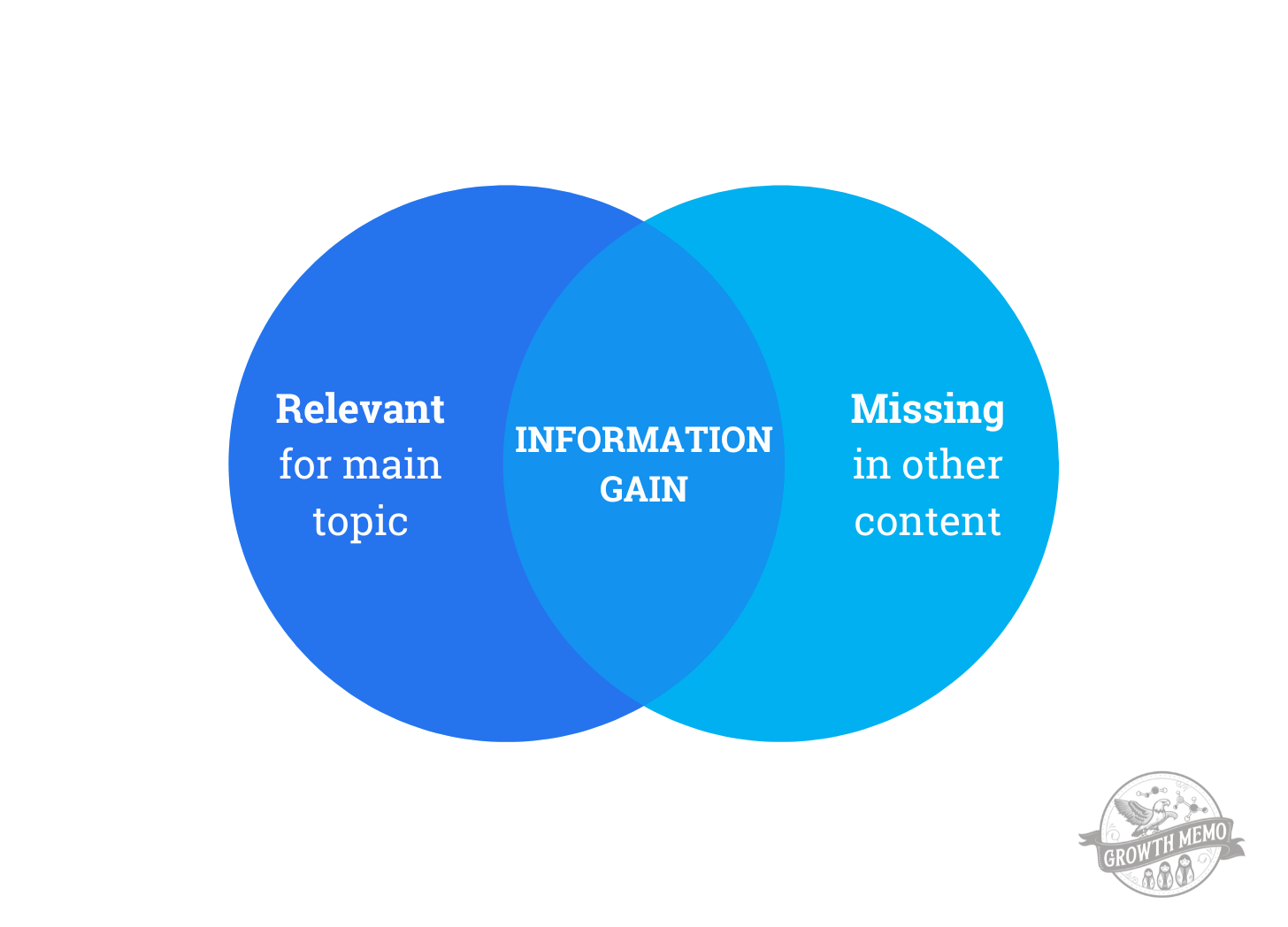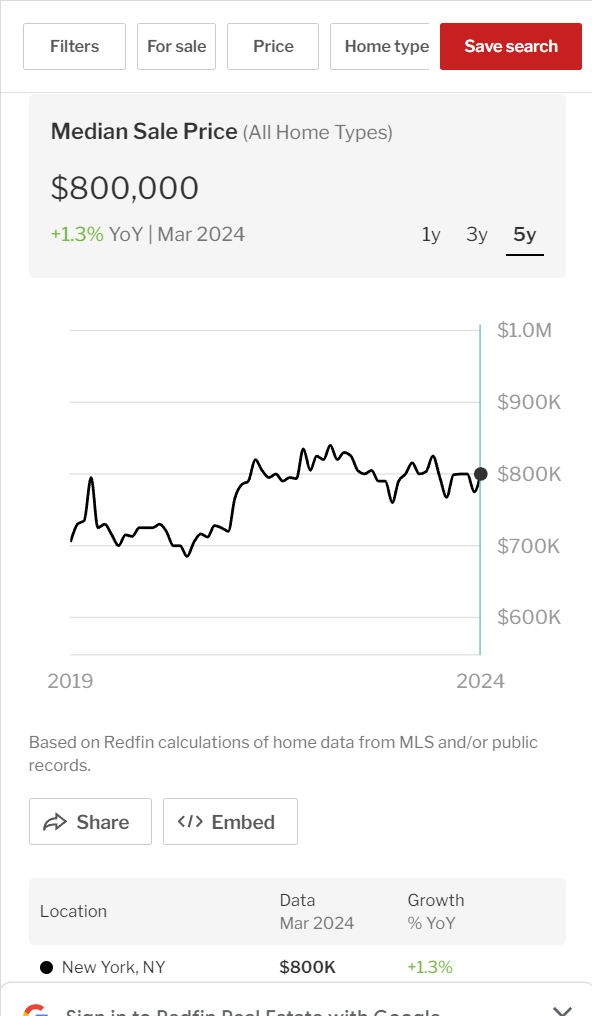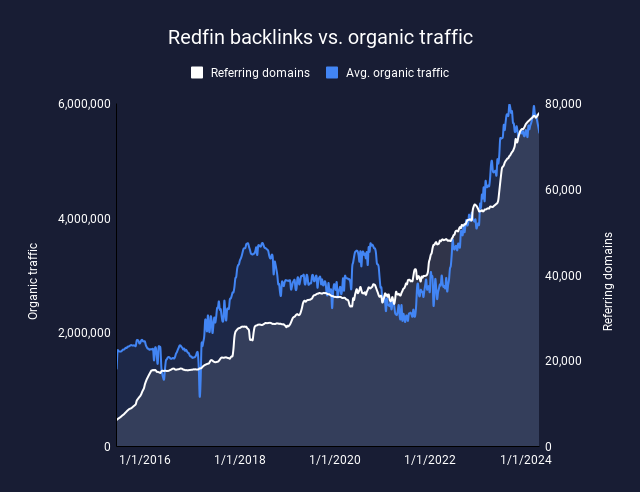Boost your skills with Growth Memo’s weekly expert insights. Subscribe for free!
Content rewards shape the creation process.
The famous Munger quote, “Show me the incentive, and I show you the outcome,” applies to content creation just as much as to company management.
The way we create content today has also led to a landscape of saturated, commercialized, commoditized, and frankly boring content. Sameness has conquered the internet because it works – for now.
“Show me the incentive, and I show you how it gets done.”
Google’s Helpful Content Update (HCU) and the latest Core Updates judge “samesies content” harder and gut-punch sites for not having anything new to contribute to the conversation. Domains with massive authority still dominate despite subpar content, but the change in direction is clear.
The way out seems to be information gain. The idea is simple: Without being able to contribute something new and relevant, your content might not work in search. Even worse, it might drag your site performance down as Google gets more picky about what it indexes and ranks.
Everyone agrees that successful content has to be more than a summary of the top results. But have we changed the way we create content? No.
Enter-gain-ment
The idea behind information gain is a score that measures the unique insights of your content compared to what everyone else has.
Information gain scores state how much more information one source may bring to a person who has seen other sources on the same topic. Pages with higher information gain scores may be ranked higher than pages with lower information gain scores.
A lot has been written about commodity content, The Sea of Sameness Problem, and information gain lately. Four years after Bill Slawski (RIP) first wrote about the information gain score patent, we are only starting to put the pieces together.
We’ve navigated ourselves into a cul-de-sac of sameness because the work is easy to do and scale.
But in 2024, you need to ask yourself, “How could this content be the best in the world?” – because you’re literally competing on the World Wide Web.
It makes sense from Google’s perspective. Search is valuable because it gives users a curation of the best answers.
If every answer is the same, Google might as well give a single answer with SGE. A lack of content diversity reduces the importance of having several results.
The question then is: How can we adapt our content creation process to prioritize information gain?
From Skyscraper To Insight Factory
The way Google understands content is by putting every word on a vector (Word2Vec) and looking at the proximity between the vectors in your content to a topic.
In plain terms, Google understands how relevant the topics you cover are for your target keyword and ranks the most relevant and comprehensive content first (in theory).
Based on this logic, information that increases your information gain score (IGS) must be more than simply “new” or “different.” It has to be relevant as well.
Google might have a rough idea of missing vectors (think: words or topics) through its Knowledge Graph, Topic Layer, and Shopping Graph.
Google’s Knowledge Graph grew from 18 billion facts in 2012 to 70 billion in 2016, and 500 billion in 2020.1
Google’s Shopping Graph holds 45 billion products.2
There is a high chance Google knows whether your content is providing something new or not. But ultimately, Google needs to validate insights with user behavior to gauge if your content is really more helpful.
To be successful, your content needs to:
- A. Answer all relevant questions about a topic.
- B. Provide additional insights.
- C. Satisfy users.
The common content creation process today might reflect A, but not B and C.
In our industry, we barely moved from the ancient to the old world:
Ancient world: Competing in SEO means spinning up keyword-stuffed content.
Old world: Competing in SEO means creating more content, faster.
- Basic process: keyword research > content brief > draft in SEO editor > edit > publish.
- The mental model is summarizing and covering all topics of the top results for a keyword.
- Hire many writers for SEO.
New world: Competing in SEO means surfacing and finding new and relevant insights.
- Talk to customers on a regular basis about their problems and questions on a topic.
- Hire researchers to find and add first-party data to search-optimized content.
- Hire subject matter experts to answer questions that really matter.
- Make it convenient and pleasant to consume content.
- Monitor content engagement and get qualitative reader feedback.
Most marketers acknowledge how important it is to talk to (potential) customers. But nobody does it.
I don’t think there is much success to be had in the new content world without a steady stream of customer conversations. This might not be news to you, but for 90% of marketing teams, it’s the reality.
A better approach to content creation might be to insert a research phase after identifying the most important topics and prioritizing topics based on user interviews instead of search volume.
Lastly, we need to monitor quantitative metrics to validate qualitative research with metrics like scroll depth, heatmaps, session recordings, and time-on-site vs. average read time. Doesn’t this new process look more like treating content like a product?
IGS Everywhere
To summarize, instead of out-executing competitors in content volume, the key to winning is serving better insights.
Funny enough, useful insights also increase your chances of getting high-quality backlinks.
Companies like LendingTree or Redfin have done a great job of adding insights to their content.
Redfin is a real estate aggregator with useful statistics, charts, and comparisons on its city listing pages.
LendingTree is an online lending integrator with statistics, facts, and guidance in blog articles.
But the buck doesn’t stop there. Google might use information gain scores to evaluate the quality of a link.
The quality and relevance of linking documents might impact the IGS of the documents themselves.
In other words, link to and seek links from only relevant, high-quality pages that are the primary source of information or contribute something new to a topic.
Information gain might also have an E-E-A-T component: who contributes might be as important as what they contribute to a topic.
Google can chart author names on vectors just like any other word.
If my name is recognized by Google as an entity (reflected by having a knowledge panel), couldn’t Google associate me with specific topics? And if so, doesn’t that mean my comment on a topic could be more relevant than someone else’s as long as it’s about a topic I’m known for by Google?
At the end of the day, users value sources of answers and valuable insights – especially in the context of the Messy Middle, where users might cycle between evaluation and exploration in an attention-scarce digital environment.
We’ve turned a blind eye to insights for too long, and it’s reflected in the way we create content.
2 Get More Personalized Shopping Options With These Google Tools
Featured Image: Paulo Bobita/Search Engine Journal








